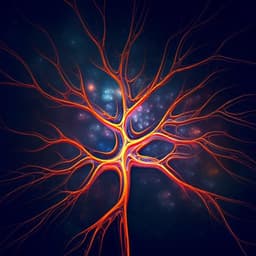
Engineering and Technology
Physics guided heat source for quantitative prediction of IN718 laser additive manufacturing processes
A. A. Amin, Y. Li, et al.
This research conducted by Abdullah Al Amin, Yangfan Li, Ye Lu, Xiaoyu Xie, Zhengtao Gan, Satyajit Mojumder, and Gregory J. Wagner, explores the intricate physics of the IN718 laser powder bed fusion process, revealing critical insights into cooling rates and melt pool geometry that can revolutionize additive manufacturing.
Playback language: English
Related Publications
Explore these studies to deepen your understanding of the subject.







